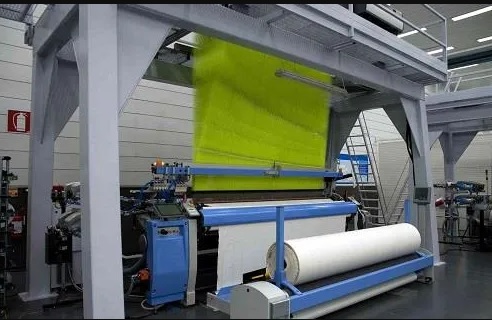
A landmark trade agreement between the European Union (EU) and Pacific states is poised to significantly alter the dynamics of the textile and apparel industry in both regions. The interim Economic Partnership Agreement (IEPA), which includes Fiji, Papua New Guinea, Samoa, and the Solomon Islands, sets the stage for increased trade flows and deeper economic integration.
Key provisions of the IEPA
The IEPA focuses on establishing a free trade area, with a particular emphasis on sustainable development and supporting the integration of Pacific States into the global economy.
Tariff elimination: The EU grants 100 per cent duty-free and quota-free access to all imports from Pacific EPA countries, ensuring permanent and unrestricted access for all products. Pacific EPA countries are progressively phasing out duties on EU imports, with flexibility based on their development levels and sensitive sectors. Safeguard measures, such as import quotas or temporary reintroduction of duties, can be implemented under specific circumstances to protect domestic industries from import surges.
Rules of origin: The IEPA includes rules of origin to ensure that only products originating from the participating countries benefit from the preferential tariff treatment.
Trade facilitation: The agreement aims to simplify customs procedures and reduce trade barriers, facilitating smoother trade flows.
Sustainable development: The IEPA includes provisions on labor rights, environmental protection, and good governance, promoting sustainable trade practices.
Impact on the textile and apparel industry
The IEPA is expected to significantly boost the textile and apparel industry in both the EU and the Pacific States.
Primarily, it will give a boost to exports from Pacific States to the EU. The removal of tariffs and quotas will make textile and apparel products from the Pacific States more competitive in the EU market. This is likely to lead to a substantial increase in exports, creating new jobs and boosting economic growth in the region. The agreement is also likely to boost exports of high-quality, niche products from the Pacific, such as traditional handicrafts and sustainable textiles.
Table: Textile & Apparel Exports from Pacific to EU
|
Year |
Exports from Pacific to EU (in million $) |
% Change |
|
2022 (Pre-IEPA) |
50 |
- |
|
2023 (Post-IEPA) |
65 |
+30% |
|
2024 (Projected) |
80 |
+23% |
It will also result in improved access to raw materials. Pacific States' textile manufacturers will benefit from duty-free access to raw materials and intermediate goods from the EU, reducing production costs and enhancing competitiveness. The IEPA's favorable trade environment is expected to attract more investment in the textile and apparel sector in the Pacific States, further stimulating growth and development.
Table: Textile & Apparel Exports from EU to Pacific
|
Year |
Textile & Apparel Exports from EU to Pacific (in million $) |
% Change |
|
2022 (Pre-IEPA) |
200 |
- |
|
2023 (Post-IEPA) |
220 |
+10% |
|
2024 (Projected) |
250 |
+13.6% |
Overall the IEPA is expected to significantly boost trade in textiles and apparel between the EU and Pacific states. The agreement will likely lead to structural changes in the textile and apparel industries in both regions, with a focus on higher-value-added products and sustainable production methods. The IEPA has the potential to contribute to sustainable development in the Pacific, creating jobs and boosting economic growth.












